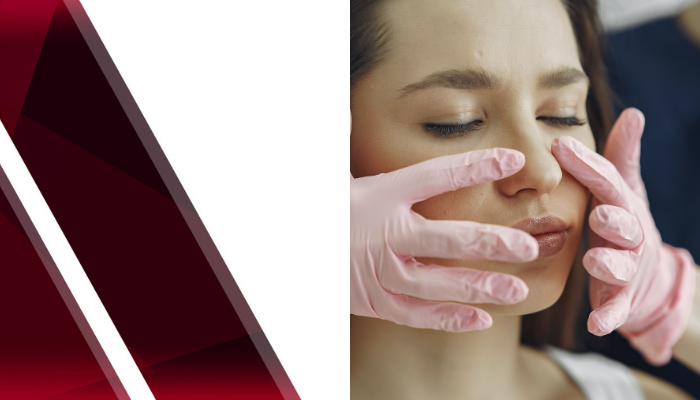Home | Articles | Case Reports | Supplements | Editorials
Stay up-to-date on new clinical findings on Rosacea. View the latest articles, case reports, supplements, CME activities, Podcast episodes and more!

Can the use of over-the-counter (OTC) reduce rosacea signs and symptoms? Nine dermatologists review their rosacea treatment recommendations with OTC products before and during prescription therapy.
Studies have shown oral sarecycline to be effective and safe for acne, with a low risk of side effects that are historically associated with other tetracycline-class drugs such as doxycycline and minocycline, in addition to offering a reduced risk of emergence of resistant bacteria due to its narrow-spectrum of antibiotic activity.
The primary diagnostic phenotypes for rosacea, as defined by the National Rosacea Society, include fixed centrofacial erythema with periodic intensification, and phymatous changes. Major phenotypes, which may occur concomitantly or independently with the diagnostic features, are papules and pustules, flushing, telangiectasia, and ocular manifestations.
Rosacea primarily affects the central face, and includes papules, pustules, erythema, telangiectasias, perilesional redness, phymatous changes, and even ocular involvement.
There is a need to address the spectrum of inflammatory processes involved in rosacea and for more efficacious agents with the goal of providing complete clearance for patients.
Join host Dr. Adam Friedman And Dr. Richard Gallo as they readily run through the bench to bedside gamut of rosacea. What are the major pathophysiologic pathways we should all know about? If we are to follow the data, how does out armament of FDA approved therapeutics fit in?
This is an exciting time in the advancement of our understanding and treatment of rosacea, with further elucidation of the pathophysiology coupled with the development of new therapies to treat the disease. Inflammation is the key underlying mechanism, giving rise to the varying symptoms. Explore new scientific data on anti-inflammatory therapy.
Review a complicated case report of a German female patient with papulopustular rosacea (PPR) with a high count of facial inflammatory lesions and severe erythema who had not responded well to treatment with traditional therapies for a decade.
We report a unique case of facial erythema of rosacea that responded to brimonidine gel with effective blanching for two years until the patient developed a paradoxical erythema reaction. This is an adverse reaction physicians should be aware of with continued prescription of brimonidine gel for their rosacea patients.
Physicians are often presented with patients complaining of facial redness and difficult to control rosacea. The water soluble sodium copper chlorophyllin complex has been shown to have anti-oxidant, anti-inflammatory, and anti-bacterial activities in vitro and anti-redness, pore reduction, and anti-acne activities in pilot clinical studies.
Rosacea is a common inflammatory skin condition that impacts a large portion of fair-skinned populations. The redness associated with rosacea can be a significant challenge. Brimonidine sulfate and oxymetazoline HCL were both recently approved by the FDA for the management of facial redness. These agents, however, are costly, and not all patients respond to the medication. Herein, we describe a clinical pearl that helps to optimize patient selection for the medications. This saves the patient and the health care system both time and money.
Facial erythema is a primary feature of rosacea. Currently, no validated scales exist that can accurately capture a patient’s self-assessment of their own facial erythema. During phase 2 studies for brimonidine tartrate gel, a 5-point numeric rating scale was developed as a tool to allow subjects to provide an independent assessment of visible changes to the facial erythema associated with their rosacea. The objective of this study was to validate the revised patient’s self-assessment (PSA) scale and evaluate it for statistical reliability and validity in quantification of facial erythema of rosacea.